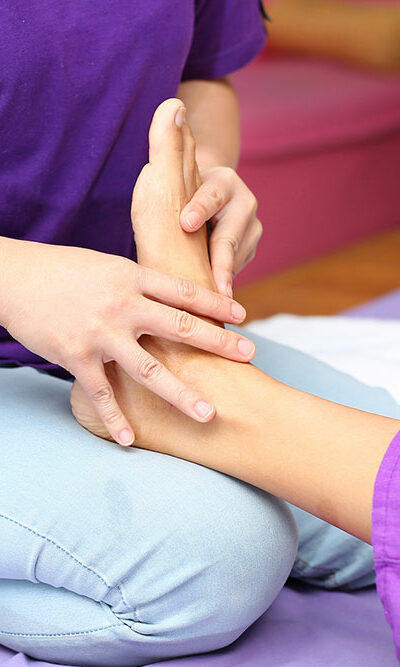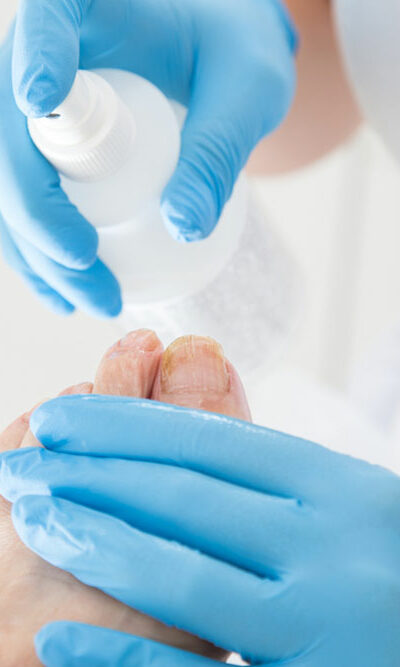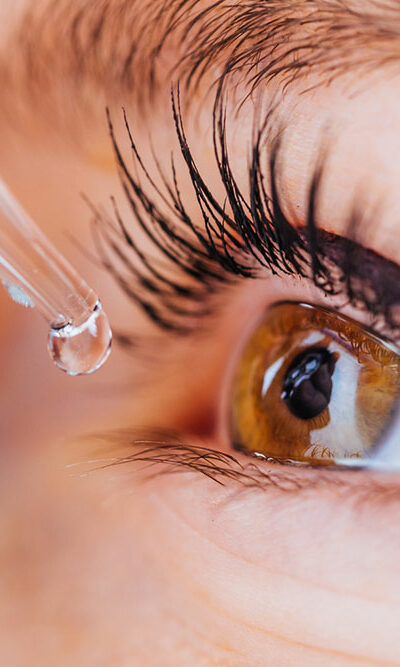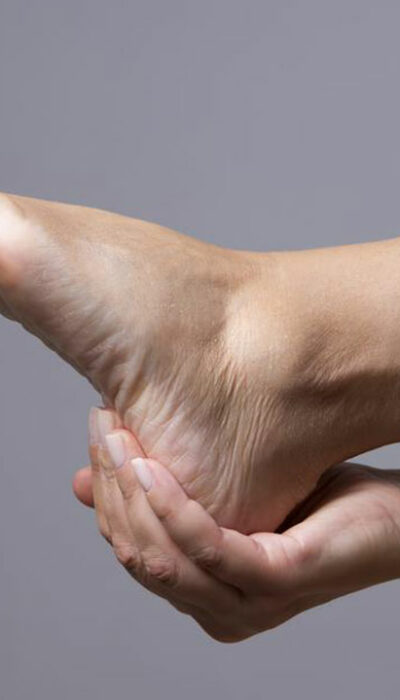
Best Treatment Options to Consider for Neuropathy
The human body has a peripheral nervous system that connects the nerves from the brain and the spinal cord with the rest of the body. They are connected everywhere including hands, legs, mouth, face, and internal organs. These nerves deliver signals of physical sensation back to the brain. Neuropathy or peripheral neuropathy refers to a disorder that occurs due to the malfunctioning of the nerves. If they get damaged or destroyed, they send wrong signals, like signals of pain when there is no pain and no signal when there is a pain. An injury, infection, inherited disorder or systemic illness may cause peripheral neuropathy. This disorder is a troublemaker and obviously uncomfortable, but with proper diagnosis and treatment, it can be cured. For the accurate neuropathy treatment, it is of utmost importance to find the root cause as the causes are different for different people, and their treatment is also different. Types and symptoms of neuropathy There are around 100 different types of neuropathy. Each of them has unique symptoms as well as treatments. They are classified into two types based on the type of nerve damage involved. The three types of peripheral nerves are sensory nerves that connect with the skin, motor nerves with muscles and autonomic nerves with the internal organs. Peripheral neuropathy affects one or all nerve groups. Mononeuropathy is the condition of one damaged nerve; on the other hand, multiple nerves are damaged during polyneuropathies which are more common. Various symptoms can be noticed like tingling and numbness in hands and feet, sharp stabbing pain, buzzing sensation, drop of blood pressure, sexual dysfunction, thinning of skin, diarrhea, and difficulty in digestion, constipation, and excessive sweating. When you go to the doctor, make sure to tell him about all the symptoms to get proper treatment. Diagnosis In order to determine the required treatment, it is important to diagnose the causes behind the disorder.










